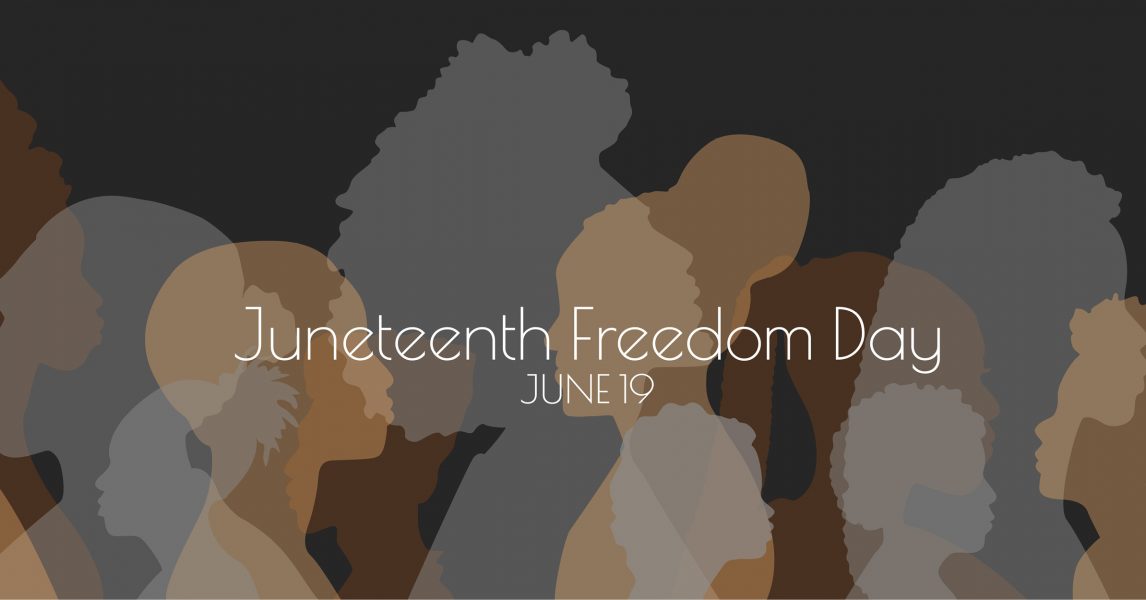On June 19th, our nation will celebrate Juneteenth as a federal holiday. The day commemorates when Major General Gordon Granger arrived with federal troops in Galveston, Texas, in 1865 to take control of the state and to ensure that all slaves would be free.
Although the Emancipation Proclamation was signed in January 1863 and Lincoln declared “that all persons held as slaves…henceforward shall be free,” it took over two and a half years to ensure the freedom of all enslaved people.
As we recognize Juneteenth this year, it’s a reminder of how far we have come as a nation, but also the continued need to fight for equality and justice within our country. In educational institutions, we need to do a better job of being a part of the change.
At Southeastern University, we have developed a number of courses on human diversity and interracial communications to help educate our students on our history and to learn from peers from different backgrounds from their own.
Through these classes, we found that students wanted to celebrate those of other races and cultures. Many students also mentioned how learning about the history of racism in our country fueled them to want to be a part of the conversations and processes of reconciliation within their communities.
Here are five ways parents can encourage students to bridge racial divides.
1. Be a part of the conversations.
At Southeastern, we learned that when students were given the opportunity to talk about hot topics related to racism, it increased their knowledge and helped them to gain compassion for one another. Students are often afraid to participate in conversations with people they disagree with because they may feel it will create more division.
Yet, difficult and uncomfortable conversations can lead to constructive dialogue as they hear one another’s perspectives and learn to feel comfortable sharing their own. Remind your student that they may not completely understand where the person is coming from, but they can relate to their human emotions. During these conversations, encourage them to put any negative feelings aside so they can clearly hear what the other person is saying.
2. Listen to understand.
One of the biggest issues our nation faces today is not having enough people who are willing to listen to and have empathy for other perspectives. We may often see our perspectives as the best option to move forward. However, when students listen to the stories of others and learn about their history, they will gain a better understanding of their cultural perspectives. It enables them to see through a different lens.
Parents should encourage their students to participate in conversations with people from different cultures and racial backgrounds than their own. Make sure they ask questions out of respect so they can fully understand where the other individual is coming from.
3. Discover stories through history.
History illuminates our nation’s progress and pain. At Southeastern, many students who participated in the racial diversity class expressed that they were not aware of how rooted slavery was in U.S. history. This resulted in them having a desire to learn more about our nation’s history. They also learned about the strength of Black Americans who rose above their afflictions.
The majority of Americans still do not understand what Juneteenth represents. A Gallup poll found that 34% knew a little about it, while 28% knew nothing at all. This is why it’s important for parents to encourage their students to learn about our history, even the parts that were painful and tragic. The more they discover, the more they will understand other people.
4. Be willing to learn.
Although students can participate in conversations and listen to their peers, it’s important that they are willing to grow on a personal level. I always tell our students that one of the most important things they can do is to be lifelong learners.
When students at Southeastern took our classes, they mentioned that it helped them to become more conscious of their actions and how they speak to and about one another. Students said they became more attuned to the prejudices that exist in our nation and aware of how they act around people of different races. This is because the students were willing to learn.
5. Inspire action.
For our nation to move forward in unity, we need to encourage students to bridge racial divides. While engaging in conversations and learning about the history of slavery and the injustices Black Americans encountered, students who took our classes said that they had a desire to be a part of the healing process in our nation.
The ongoing injustices in our nation can’t be ignored. Parents need to encourage their students to be a part of the conversations to establish a positive change in our nation.
To inspire progress within our communities, we must include our students and children in the process. As studies show, many Americans still do not have a basic understanding of slavery in our nation’s past. Our educational systems need to do a better job in providing critical discussions, listening exercises and curriculum that exposes students to the discrimination and injustices that still occur in our nation. We can’t continue to be complacent to the prejudices that exist around us.

